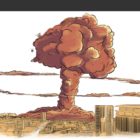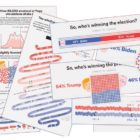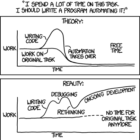Data Journalism
Data Journalism Top 10: Border Disputes, Mediterranean Gas, Data Reporting Grants, Newsroom Cuts
|
Territorial disputes — over land, borders, or resources — are a long-standing source of tension around the world. Our NodeXL #ddj mapping from September 7 to 13 finds Al Jazeera explaining the India-China dispute over a shared Himalayan border in seven maps, and the Financial Times attempting to put into context the tensions between Turkey and its neighbors competing over natural gas discoveries. We also find Stanford University and Big Local News offering data reporting grants on the pandemic, and other groups offering free data journalism workshops and webinars.







